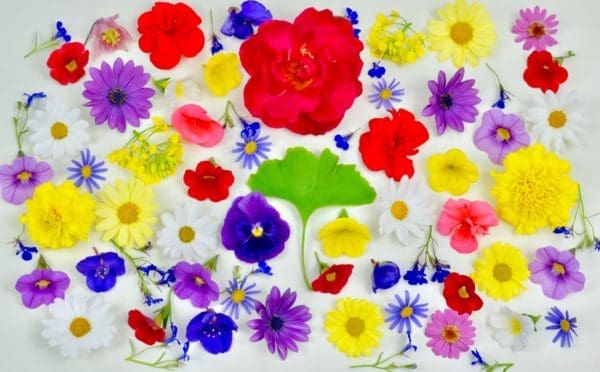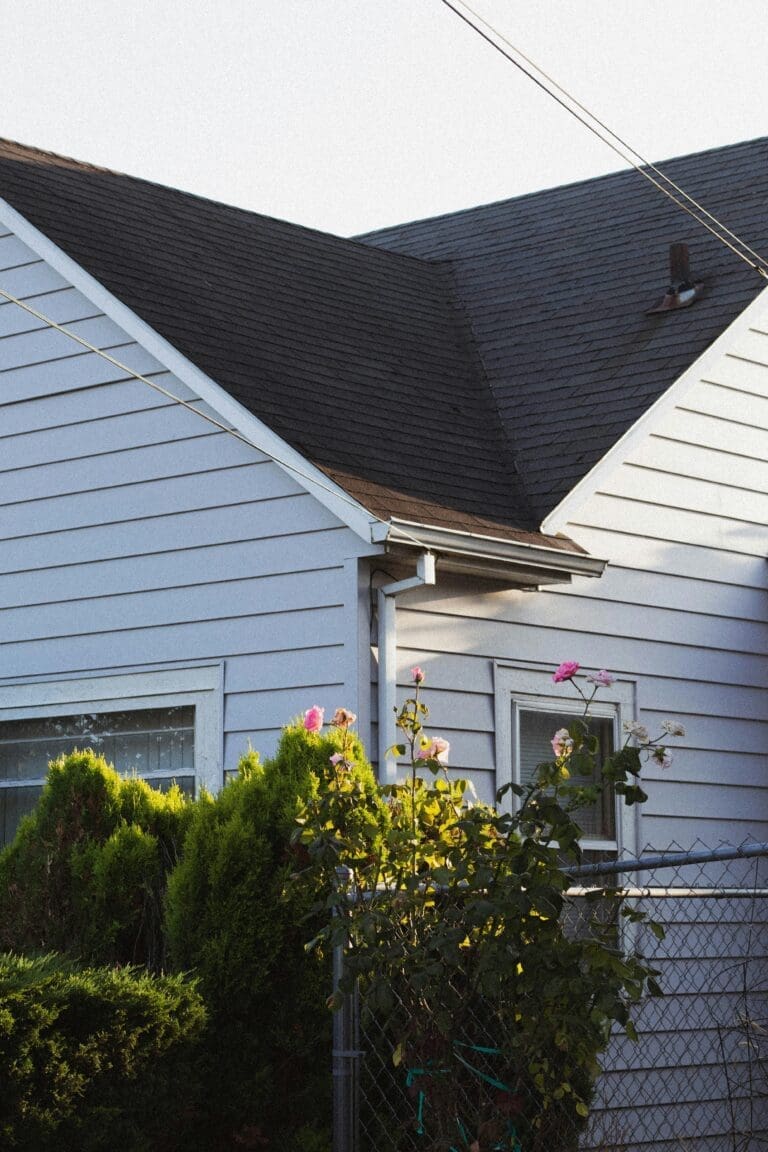5 Of The Most Attractive Spring Plants To Cultivate At Home

The spring season is often associated with rebirth, growth, and a new beginning. It is the middle zone between winter and summer, where the ground or soil is not too wet and not too dry, and the temperature slowly rises. It is also when most farmers and gardeners start cultivating their lot by planting different sorts of seeds and plants.
However, if you are among those people with green fingers, who want to maintain a lovely and colorful garden at home, do not start planting in spring. But rather, start cultivating your garden near the end of fall or winter so that during the springtime, you will see your plants blooming together with its season. There are numerous nice-looking and colorful species of plants that you may consider growing at home for the spring season, including:
Forsythia
If you want to have a lovely garden at home, filled with healthy flowering ornamental plants, you may grow forsythia for a yellow color palette in the spring. Forsythia is one of the few species of plants that has woody shrubs and brilliant-looking yellow flowers. It has numerous varieties that differ in shapes and sizes, including the Sunrise Forsythia, the Meadowlark Forsythia, the Kool Gold Forsythia, and the Courtasol Forsythia.
You may cultivate any of these forsythia varieties through stem-cutting propagation. Stem-cutting propagation is a gardening process wherein you cut a stem from a parent plant and transfer it to another place or pot to grow as another individual plant.
In growing a forsythia plant for your garden, you must first prepare your pot by filling it with medium moisture and well-draining soil types, such as perlite and sand. Then, take a 4 to 6 inches cutting from the tip of a parent forsythia plant, remove the leaves of its lower end, and insert that lower end into the soil on your pot.
After that, put your potted newly-planted cutting into a plastic bag to prevent it from drying out. Make sure that you keep it in a warm place, away from the direct rays of sunlight, and its soil is moist all the time. You can only transplant the potted cutting to the ground or a bigger pot after 6 to 8 weeks when the cutting forms its roots.
Daffodils
The blooming of a daffodil plant indicates the end of the winter season. Daffodils are flowering ornamental plants that have trumpet-shaped yellow or golden flowers. You may start propagating this plant near the end of the fall, about 2 to 4 weeks before the winter season, so that you can expect to have yellow daffodils blooming in your garden during the early spring.
Daffodils are propagated using their buds. If you plan to cultivate this plant in your garden, you must select the parent daffodil plant’s biggest bud and place it or bury it 2 to 3 inches deep underground. Ensure that its pointy tip is pointing upwards, and during the winter, it is covered with another 3 inches layer of soil.
Hyacinth
Hyacinths have bell-shaped flowers that come in different colors, ranging from bright pink to a soft blue. These flowers have a strong smell or fragrance and are said to have good health benefits to our body, skin, and hair. You may grow this plant by planting hyacinth bulbs in the autumn, 4 to 6 inches deep underground of a well-drained, moderately fertile soil. You must also ensure that this new plant should be watered thoroughly.
Tulips
Tulips come in different varieties and colors, and each color is often associated with lots of meaning. For instance, the red ones are seen to represent romantic love, while the white ones are a representation of a pure and sincere apology. The tulip flower is distinct because it has three vibrant petals and three sepals that look like petals.
To propagate this plant at home, you will need a healthy tulip bulb and well-draining soil. Plant this bulb 5 inches to 7 inches deep underground, with its pointy tip facing upwards. Water it only once, and wait for it to bloom in the spring season.
Primrose
If you have well-drained, moist, fertile soil at your place, you can easily grow a primrose plant. Primrose is a small flowering ornamental plant that has oval-shaped leaves and nice-looking colorful flowers. Each primrose flower contains an eye in the center that has a different color from its surrounding petals. Primrose plants are adaptable and can be propagated by planting its seed.
Takeaway
One of the reasons we cultivate our garden and fill it with different plant varieties is to make our place look fresh and alive, despite the changing of seasons. For the spring season, some of the best ones are mentioned above. These plant varieties are all colorful and attractive. Plus, they are also fun and delightful to propagate.









